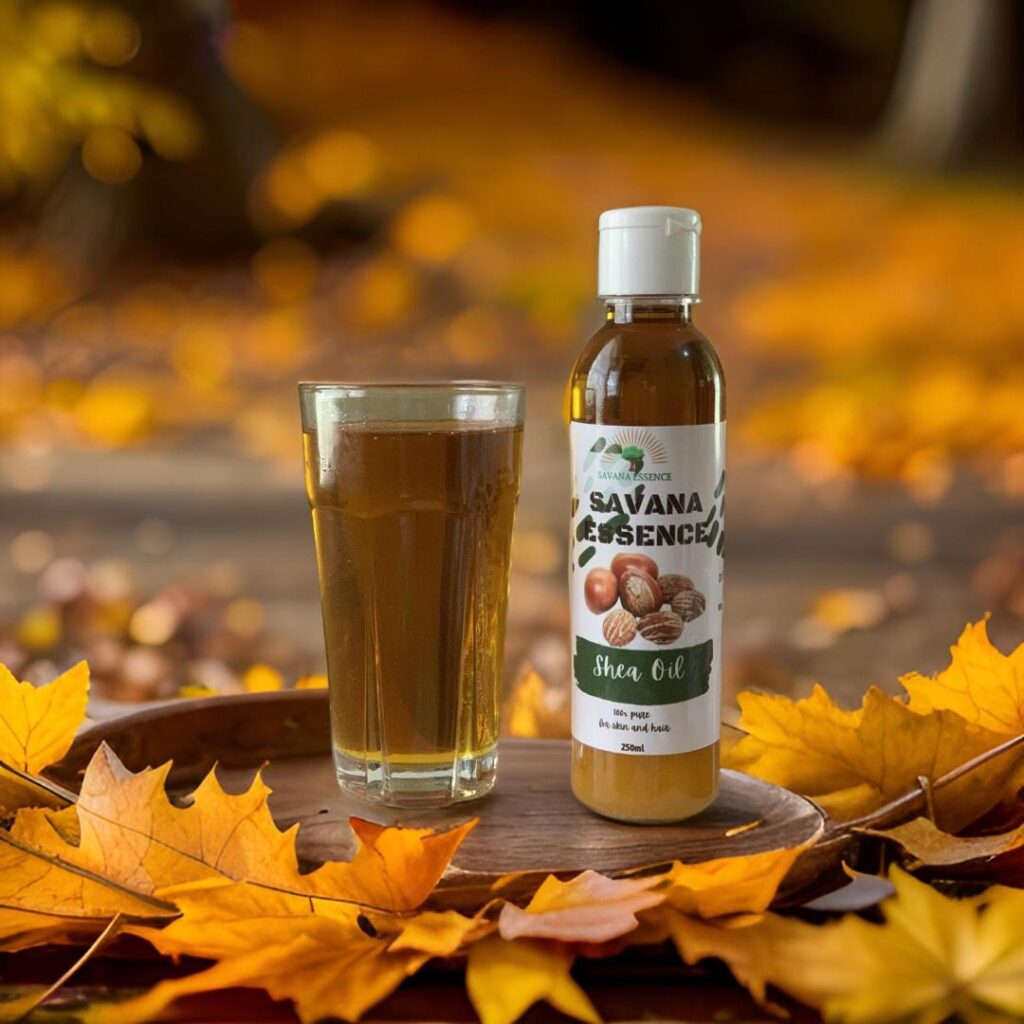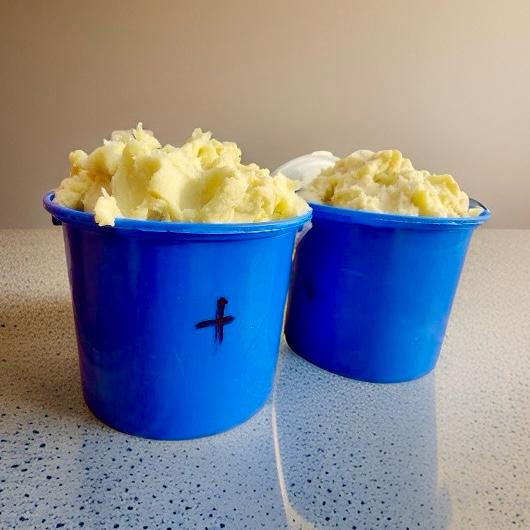Shea Oil- Discovery of Natures Gold
What is Shea Oil?
Shea oil is a precious natural product derived from the seeds of the shea tree (Vitellaria paradoxa), which is native to Africa. This oil is often referred to as “liquid gold” because of its numerous beneficial properties and its rich, luxurious texture. Unlike its more solid counterpart, shea butter, shea oil is lighter and more fluid, making it an excellent choice for a variety of cosmetic and therapeutic uses.

How is Shea Oil Made?
Shea oil can be extracted in a few different ways:
- Cold Pressing: This method involves pressing the shea nuts without the use of heat, preserving the maximum amount of nutrients and beneficial compounds. This process results in a pure, high-quality oil.
- Fractionation: Shea butter is heated and then cooled, separating the oil from the solid fat. This method ensures that the oil retains many of the beneficial properties of shea butter while offering a lighter texture.
- Solvent Extraction: This industrial method uses solvents to extract the oil from the shea nuts. While this can produce a higher yield, it may also result in the loss of some beneficial properties.
Shea Oil vs. Shea Butter: What’s the Difference?
While both shea oil and shea butter come from the same source, their textures, applications, and fatty acid compositions differ significantly:
- Texture: Shea oil is liquid at room temperature, making it easier to spread and absorb into the skin. Shea butter, on the other hand, is solid at room temperature and requires melting or warming to apply.
- Absorption: Shea oil absorbs more quickly into the skin without leaving a greasy residue, making it ideal for use in lighter formulations like lotions and serums. Shea butter is richer and more emollient, providing deeper hydration.
- Application: Due to its fluid nature, shea oil is often preferred in products like massage oils, hair serums, and lightweight moisturizers. Shea butter is commonly used in balms, body butters, and intensive moisturizers.
- Fatty Acid Composition: The primary fatty acids found in shea butter include stearic acid (20-50%), oleic acid (40-60%), linoleic acid (3-11%), palmitic acid (2-9%), and arachidic acid (less than 1%). Shea oil, on the other hand, has a higher concentration of oleic acid (up to 60-75%) and a lower concentration of stearic acid (3-25%). This difference in fatty acid composition contributes to the lighter, more fluid texture of shea oil compared to shea butter.

The Benefits of Shea Oil
Shea oil is packed with a host of benefits that make it a versatile and valuable addition to your skincare routine:
- Moisturizing: Rich in essential fatty acids, shea oil deeply hydrates and nourishes the skin, helping to maintain its natural moisture barrier.
- Anti-inflammatory: Shea oil contains compounds that help reduce inflammation and soothe irritated skin, making it ideal for sensitive skin types.
- Antioxidant Properties: High in vitamins A and E, shea oil protects the skin from free radical damage, promoting a youthful and radiant complexion.
- Healing: Its natural healing properties aid in the repair of skin issues such as eczema, psoriasis, and minor wounds.
- Hair Care: Shea oil is excellent for moisturizing the scalp, reducing dandruff, and adding shine and softness to hair without weighing it down.
Why Shea Oil is Sometimes Preferred Over Shea Butter
Many people prefer shea oil over shea butter for several reasons:
- Lightweight Texture: Shea oil’s light, non-greasy texture makes it more suitable for everyday use, especially for those with oily or combination skin.
- Easy Application: The liquid form of shea oil makes it easier to blend with other ingredients, enhancing its versatility in various cosmetic formulations.
- Quick Absorption: Shea oil penetrates the skin quickly, making it a convenient option for those who prefer a fast-absorbing product.
Storage and Shelf Life
To ensure your shea oil remains fresh and effective, proper storage is crucial:
- Storage: Keep shea oil in a cool, dark place away from direct sunlight and heat. An airtight container can help maintain its quality.
- Shelf Life: When stored correctly, shea oil typically has a shelf life of 12-24 months. To maximize its longevity, consider refrigerating the oil, especially in warmer climates.
Conclusion
Shea oil is a versatile, nourishing, and luxurious natural product that offers numerous benefits for skin and hair care. Its lightweight texture, quick absorption, and powerful healing properties make it a fantastic alternative to shea butter. By understanding its origins, production methods, and proper storage, you can fully embrace the magic of shea oil in your beauty routine. Try incorporating this liquid gold into your daily regimen and experience the difference it can make for your skin and hair.


